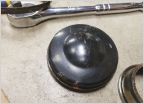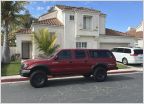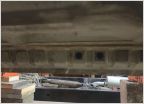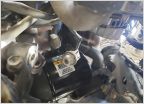-
Welcome to Tacoma World!
You are currently viewing as a guest! To get full-access, you need to register for a FREE account.
As a registered member, you’ll be able to:- Participate in all Tacoma discussion topics
- Communicate privately with other Tacoma owners from around the world
- Post your own photos in our Members Gallery
- Access all special features of the site
Radiator basics
Discussion in '1st Gen. Tacomas (1995-2004)' started by Glamisman, Apr 7, 2019.


 How to: replacing front wheel bearing
How to: replacing front wheel bearing Whine Noise
Whine Noise Best Ham Radio
Best Ham Radio Washer Nozzle 98 Tacoma what should I get?
Washer Nozzle 98 Tacoma what should I get? Cab holes
Cab holes Sensor broke while changing oil filter
Sensor broke while changing oil filter










































































